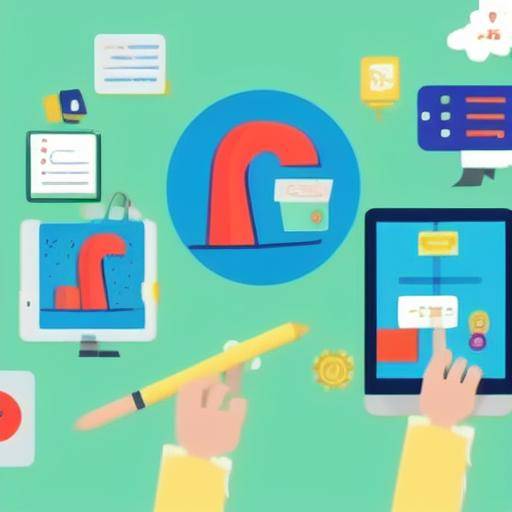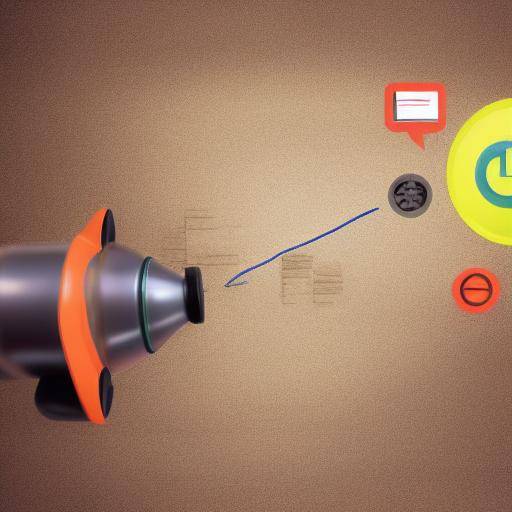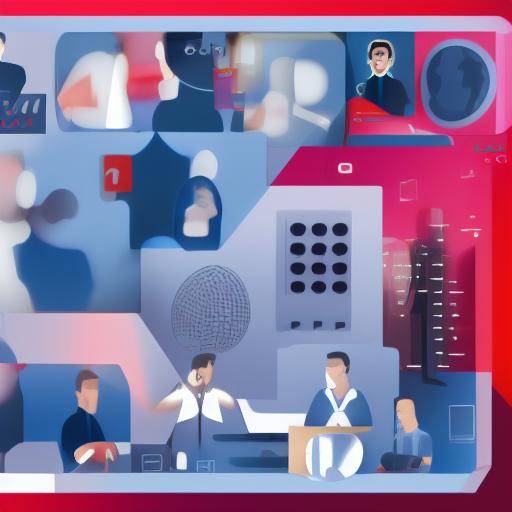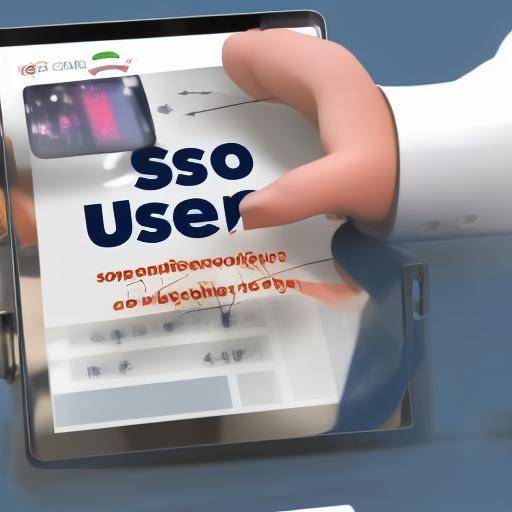
Remote work has experienced a significant increase in recent years, and with the advancement of technology, it is essential to work effectively in this mode of work. Through this article, we will explore how digital technology and tools can improve collaboration in remote work, as well as challenges and best practices to make the most of these solutions.
Introduction
In the modern era, technology has revolutionized the way we work, allowing effective collaboration despite physical distance. From videoconferencing to project management applications, technology tools have paved the way for more efficient and productive remote work. In this article we will explore how companies and workers can make the most of these technologies to collaborate effectively, overcome the challenges of remote work and achieve success in virtual environments.
History and background
Remote collaboration is not a new concept. From the first communication systems to the evolution of digital tools, humanity has sought ways to collaborate without being physically present. Throughout history, several milestones marked the progress of distance collaboration, from the telegraph to the arrival of the Internet and social networks. These advances laid the foundation for current technology that allows collaboration in remote work.
Detailed analysis
Collaboration in distance work offers a number of benefits, such as time flexibility, stress reduction and the expansion of available talent. However, it also presents challenges, such as asynchronous communication and emotional disconnection. In addition, current trends in distance work, such as increased business virtualization, are redefining how we collaborate.
Comprehensive review
To make the most of the technology in remote work, it is essential to understand the various applications available, from videoconferencing platforms to project management tools. The adoption of best practices in the use of these instruments is essential to foster effective collaboration between remote teams.
Comparative analysis
Compare the different technologies used to collaborate in remote work allows us to identify the similarities and differences between them. By understanding the different options available, companies can choose the tools that best fit their needs and objectives.
Practical advice and accessible guidance
It is essential to provide practical advice to maximize the use of technology in remote work. Since the establishment of effective meeting schedules to ensure information security, clear guidance will help practitioners collaborate more efficiently.
Perceptions of Industry and Expert Reviews
The compilation of experts ' perceptions and views on the topic provides a deep insight into current trends and challenges. The perspectives of industry leaders provide valuable insights on the future of collaboration in remote work and emerging technologies that will boost this process.
Case Studies and Real Life Applications
Exploring real cases of companies that have successfully implemented remote collaboration through technology offers tangible examples of their impact. Analyzing these studies provides knowledge and lessons learned that can be applied to other organizations.
Future trends and predictions
New trends in remote work and technology allow us to project future scenarios and prepare ourselves for the challenges and opportunities ahead. The prediction of these trends based on current data and expert opinions offers a complete picture of what the future could give us.
Conclusions
Technology has transformed the way we collaborate in distance work, providing powerful tools to overcome distance challenges. Understanding how to effectively leverage these technologies, organizations and workers can increase their productivity and stay connected in virtual environments. Adaptation of best practices, understanding of current trends and preparation for the future are critical to ensuring effective collaboration in remote labour.
FAQ (PFA)
What are the advantages of using technology to collaborate in distance work?
Technology facilitates collaboration in distance work by allowing instant communication, file sharing and efficient task organization, which in turn increases productivity and labor flexibility.
What are the most common challenges of remote work and how technology addresses them?
Some challenges of distance work include emotional disconnection and difficulty in coordinating activities. The technology offers solutions through videoconferencing tools, communication platforms and project management software that foster connectivity and collaboration.
What are the most used technology tools for collaboration in remote work?
Tools such as Zoom, Microsoft Teams, Slack, Trello and Google Workspace are popular for collaboration in remote work, as they offer various functions that facilitate communication, planning and implementation of tasks.
How can security and privacy be guaranteed when using technology in remote work?
Security and privacy are crucial in distance work. Using tools with high security standards, applying data protection practices and providing cybersecurity training are key strategies to ensure the integrity of information.
How can leaders foster a culture of effective collaboration in remote teams through technology?
Leaders can foster a culture of collaboration by providing training in the use of technological tools, establishing communication standards and offering a virtual working environment that promotes participation and interaction among team members.
What are the emerging trends of technological collaboration in distance work?
New trends include the integration of artificial intelligence tools for task automation, the development of virtual reality platforms for interactive meetings and the implementation of knowledge management systems to facilitate collaboration and exchange of ideas.



























